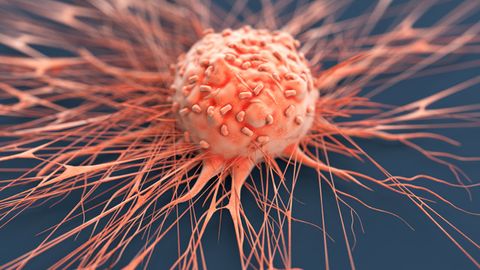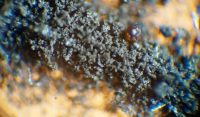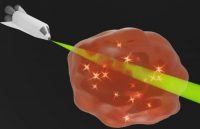Now, a new option has been added to the Biometric Security Toolkit: Breathe. According to a study published in the journal Chemical Communications on the 22nd, Japanese researchers have developed an olfactory sensor that can identify individuals by analyzing compounds in their breath.
In this age of information and technology, biometric authentication is an important way to protect valuable assets. From the common fingerprints, palm prints, voice and facial recognition, to the less common ear and finger veins, machines can use a variety of biometric methods to identify a person.
Human scent is a new biometric technology that uses an individual’s unique chemical makeup to identify “who you are,” the researchers explained.
One of these is transdermal gases—compounds that are produced from the skin, but in concentrations that are difficult for machines to detect. So the team turned to studying whether human breath could be used instead. In fact, human exhalation has been used to identify whether a person has cancer, diabetes, or even Covid-19.
The research team started by analyzing the breath of the subjects and screened for compounds that could be used for biometric authentication, finding a total of 28 viable compounds. Building on this, they developed an olfactory sensor array with 16 channels, each of which recognizes a specific range of compounds. The sensor data is then fed into a machine-learning system that analyzes the composition of each individual’s breath and uses this to distinguish individual characteristics.
The researchers tested the system with breath samples from six people and found that it identified individuals with an average accuracy of 97.8 percent. This high level of accuracy remains the same even as the sample size increases to 20 people.
However, the researchers say there is still a lot of work to be done before the technology can actually enter applications. In this study, they asked subjects to fast for 6 hours before the test. In the next step, they will improve the technology so that it is not affected by diet. Current research suggests that adding more sensors and collecting more data could overcome this obstacle.
Editor-in-Chief Highlights
A report earlier this year suggested that studies of brain structure and function would require sample sizes in the thousands to ensure reliable results. We can’t say which biometric study or brain study needs a higher reproducibility rate, but whether it’s 6 or 20 people, the sample size is too small. Moreover, breathing samples are highly volatile and are easily affected by diet, environment and even personal emotions. At present, as the main identification signal for identity verification, there is still a lack of convincing data and conditions (as an auxiliary means or possible). But from the perspective of sensor technology development, the construction of a multi-channel sensor array is likely to play a greater role in the medical field




GIPHY App Key not set. Please check settings